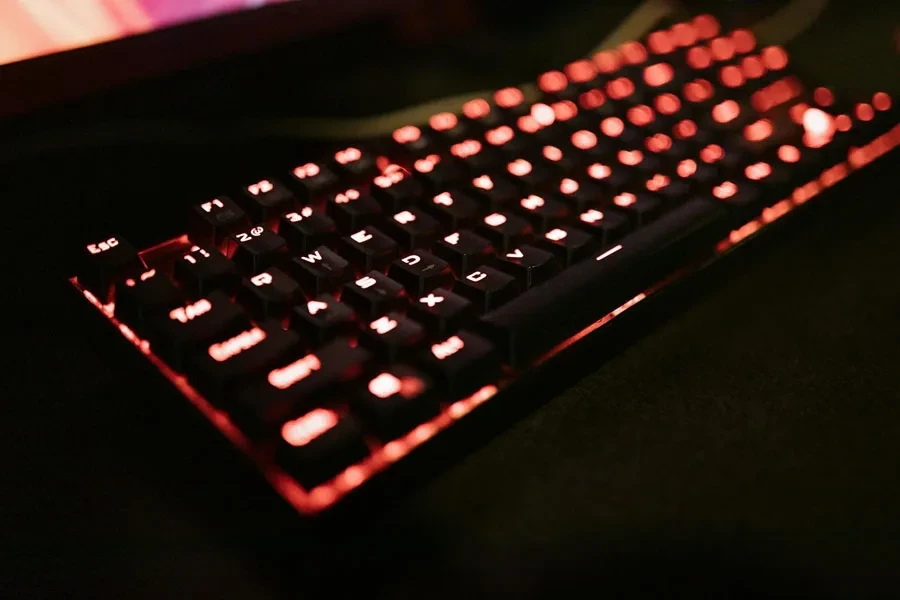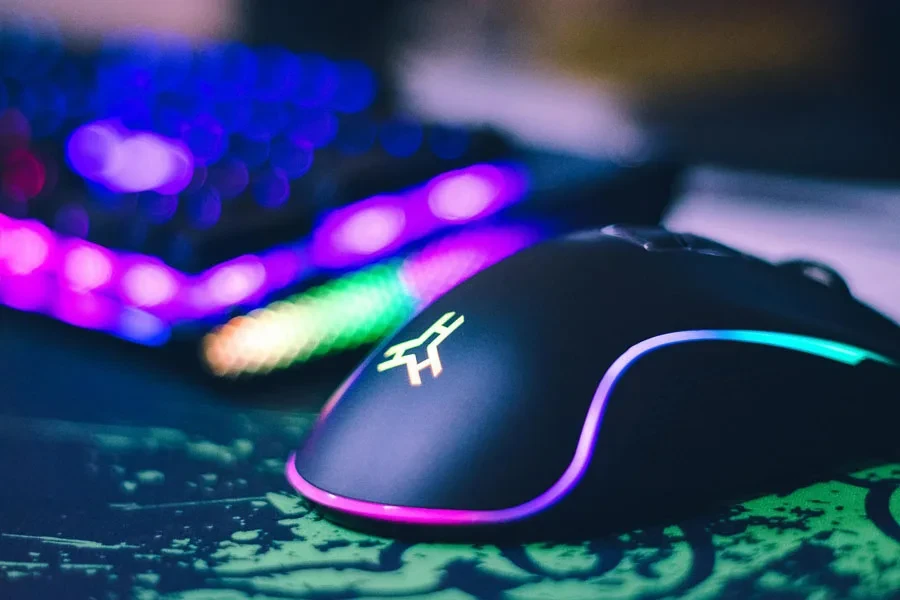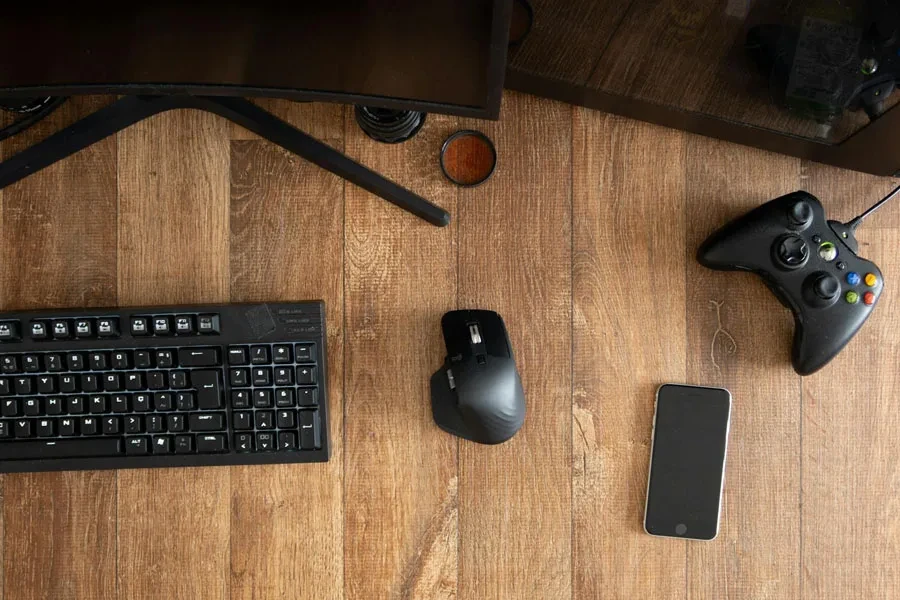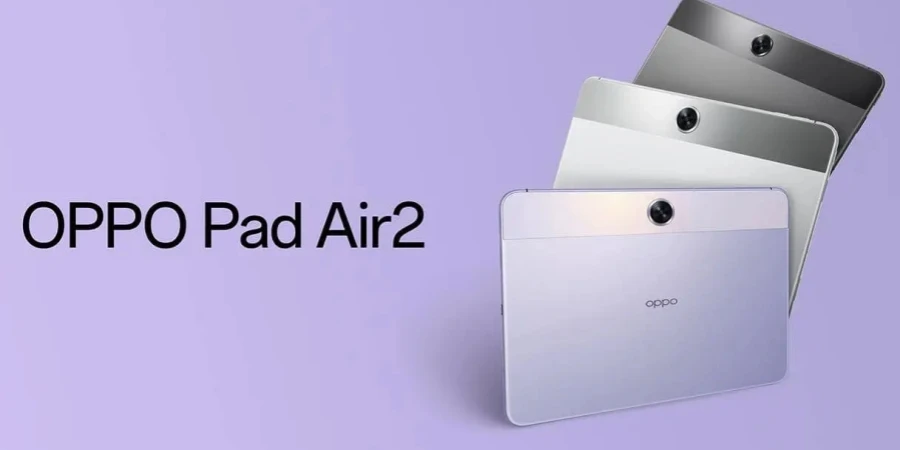Table of Contents
● Introduction
● Market overview
● Selecting the right gaming keyboard
● Choosing an ideal gaming mouse
● Conclusion
Introduction
In the dynamic realm of gaming, the quest for the ultimate gaming keyboard and mouse combo is more than just a pursuit of hardware—it’s a vital investment in precision, speed, and reliability. With the market expanding rapidly, fueled by technological innovations and a surge in e-sports popularity, selecting the right combo becomes a pivotal decision for gamers aiming to elevate their gameplay. From tactile feedback and ergonomic design to customizable features and advanced connectivity options, these tools are designed to offer a competitive edge. Understanding the nuances of mechanical versus membrane keyboards, DPI settings, and the significance of ergonomics can transform a gaming experience.
Market overview
The dynamic landscape of the gaming keyboard and mouse market is a testament to the ever-evolving demands of gamers worldwide. With a projected growth from USD 1446.4 million in 2021 to USD 2836.1 million by 2031, the market is witnessing a compound annual growth rate (CAGR) of 7.0%, underscoring the burgeoning appetite for good quality gaming peripherals. This surge is driven by a blend of technological innovations and an expanding base of gaming enthusiasts seeking enhanced gaming experiences. The desire for precision, speed, and reliability in gaming peripherals has never been more critical, as these tools significantly influence gameplay quality and gamer satisfaction.
Technological advancements shaping the future

At the heart of this market expansion are technological advancements that redefine the gaming experience. Mechanical keyboards, known for their durability and fast response times, and gaming mice with high dots per inch (DPI) sensitivity for precise control, are at the forefront of these innovations. These advancements are not just about the raw performance metrics but also about customization options that cater to the personal preferences and playing styles of gamers. The market’s growth is further fueled by leading innovators and manufacturers who continuously push the boundaries of what is possible in gaming hardware. Companies like Razer, Corsair, and Logitech are recognized for their contributions to this sector, introducing cutting-edge features such as customizable backlighting, programmable buttons, and ergonomic designs that ensure comfort during extended gaming sessions.
Esports and digital transformation
The proliferation of esports and the digital transformation of the entertainment industry also play pivotal roles in driving the market forward. As competitive gaming ascends to new heights of popularity, the demand for specialized gaming keyboards and mice that can provide players with an edge in high-stakes environments is skyrocketing. This demand is matched by a commitment from manufacturers to innovate and produce peripherals that meet the exacting standards of professional gamers, thereby sustaining the market’s growth trajectory.
Selecting the right gaming keyboard

Size and form factor: full-size vs. tenkeyless
The choice between a full-size and Tenkeyless (TKL) gaming keyboard largely depends on personal preference and desk space. Full-size keyboards include a numeric keypad, beneficial for gamers who also use their setup for tasks requiring number input. In contrast, Tenkeyless keyboards omit the numeric pad, allowing for a more compact design that frees up desk space and enables a more ergonomic placement of the mouse and keyboard.
Key technology: mechanical vs. membrane keys
The battle between mechanical and membrane keyboards is significant in the gaming community. Mechanical keyboards, favored for their durability and tactile feedback, utilize individual switches under each key, offering faster response times and a more satisfying gaming experience. Membrane keyboards, while often quieter and more affordable, lack the same tactile feedback and might not withstand the same level of rapid, repeated key presses that gaming often demands.
Build quality: durability and material choices
Durability is paramount in gaming keyboards, which often endure intense use. The materials used in keyboard construction, such as the keycaps, frame, and internal mechanisms, significantly impact its longevity and performance. PBT plastic keycaps are preferred over ABS for their resistance to wear and shine, maintaining a better appearance and feel over time. The keyboard’s frame, whether plastic or metal, also contributes to its sturdiness and stability during intense gaming sessions.
Aesthetic features: backlighting options
Backlighting not only adds to the aesthetic appeal of a gaming keyboard but also proves functional in low-light conditions. Options range from single-color backlit keys to full RGB lighting, providing gamers with customization options to match their setup or gaming environment. RGB lighting, in particular, allows for individual key color customization, creating a more immersive gaming experience.
Connectivity: wired vs. wireless considerations
Connectivity is a key factor in the gaming keyboard selection process. Wired keyboards, with their direct connection, offer reliability and a lag-free experience crucial in competitive gaming scenarios. Wireless keyboards have advanced significantly, offering near-parity with wired performance and the added benefit of a cleaner, more flexible setup. The choice between wired and wireless often comes down to personal preference, gaming needs, and setup constraints.
Choosing an ideal gaming mouse

Connectivity: the wired vs. wireless debate
The debate between wired and wireless gaming mice continues to be a topic of discussion. Wired mice have long been revered for their reliability and latency-free experience, essential for competitive gaming where every millisecond counts. However, advancements in wireless technology have significantly narrowed this gap, offering freedom of movement and a cleaner setup without sacrificing performance. The choice ultimately hinges on personal preference and the specific requirements of the gamer, with both options now providing compelling arguments for their use.
Sensor accuracy: importance of dpi and sensitivity
A mouse’s sensor accuracy, measured in DPI (dots per inch), is crucial for precise movements and in-game accuracy. High DPI settings allow for swift movements across the screen with minimal hand movement, while lower DPI settings offer more control and precision. Gamers should look for mice with adjustable DPI settings, enabling them to find an ideal sensitivity for different games and playstyles. The capability to switch DPI settings on the fly is a valuable feature, providing versatility across gaming genres.
Customization: Programmable Buttons and RGB Lighting
Customization options significantly enhance a gaming mouse’s functionality. Programmable buttons allow gamers to assign specific actions or macros, streamlining gameplay and providing an edge in competitive scenarios. RGB lighting, while aesthetically pleasing, also offers the functionality of indicating different profiles or DPI settings visually. Customization extends to software suites that accompany high-end gaming mice, enabling the adjustment of sensitivity, lighting, and button assignments to suit individual preferences.
Ergonomics: design for comfort and precision
Ergonomics play a vital role in the selection of a gaming mouse. A well-designed mouse should fit comfortably in the hand, reducing strain during extended gaming sessions and improving overall performance. Considerations such as the mouse’s shape, size, and the placement of buttons can affect grip style and comfort. Gamers often choose between palm, claw, or fingertip grips, with certain mouse designs catering specifically to one style over the others.
Weight adjustability for optimal control
The weight of a gaming mouse can dramatically affect its feel and responsiveness. Many gaming mice now come with adjustable weights, allowing users to fine-tune the mouse’s heft to match their preference. This customization can lead to improved control and comfort, contributing to a more enjoyable and effective gaming experience.
Conclusion

Selecting the optimal gaming keyboard and mouse combo transcends mere functionality; it significantly augments one’s gaming environment, marrying the precision of tactile keystrokes and the swift, accurate cursor movements to the gamer’s strategic intentions. This choice hinges on a meticulous assessment of advanced technological attributes—ranging from the actuation force and travel distance of mechanical switches in keyboards to the DPI sensitivity and polling rate of gaming mice. Moreover, ergonomic design tailored to prolonged gaming sessions, customizable macro keys for complex in-game actions, and adjustable weights for a mouse’s precise control, underscore the nuanced balance between high-end features, ergonomic comfort, and individual budget constraints. In essence, a judiciously selected gaming keyboard and mouse combo not only enhances the tactical gameplay experience but also embodies the gamer’s personal flair, optimizing both competitive edge and comfort in the ever-evolving digital arena.








